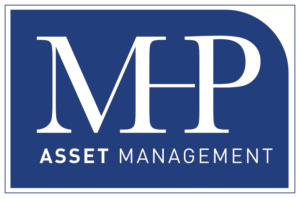The process of reviewing a client’s existing 401k, 403b or other retirement plans that they have accumulated during their working time, has revealed some commonality as far as allocations between stock and bond funds. Most clients tell me that they had heard that they should have some bond funds for safety and that they really do not have a plan or ever received help with these allocations. The return that their portfolio and the fees are often not realized as well. Many times the “growth” in the portfolio was attributed to their own investment and employer match, not fund performance. During the accumulation phase of investing it may be best to keep plowing money into your retirement fund with – out overthinking the whole process, but as you approach the distribution phase of life (retirement), risk, reward and sustainable cash-flow are key to a solid income plan.
First off, you can’t afford to screw up here. When we are no longer working, our income becomes fixed. Sure we can work a part time job, but let’s plan so that the young people can have those jobs and we can be altruistic with our time
A retirement income plan is really a statement of cash-flows. Some have pensions, or maybe Social Security, these are sustainable cash flows guaranteed by the Government or an insurance company.
Then we have our 401k, 403b, IRA’s known as qualified plans. This is where we need to derive sustainable income if our Social Security and pensions do not allow for sufficient cash flow. It may make sense to defer our Social security payments for the 8% growth from the government, and take income from our qualified plan in the interim. All this can be calculated for the best plan for you.
Insurance companies invest in investment grade bonds and mortgage backed securities that are considered safe and stable. Why don’t you? What I often see are mutual funds, stock or bond funds with no rhyme or reason. It is really not possible to invest in individual bonds in most retirement plans. That is why bond funds exist. What I show my clients is how to invest like the professionals and institutions, not retail clients. Mutual funds were really a means of diversification for small amounts of money. Attach a commission to them and you have something that registered reps can sell you. By the time most people are approaching retirement, they may have enough assets in order to own their own portfolio of fixed income, like bonds and mortgage backed securities. You, the client then maintains control, has a sustainable and steady cash flow just like the insurance companies, banks and pension plans. The use of exchange traded funds or even mutual funds may be useful to invest in obscure or specialized sectors of the market. There are ways to convert retirement assets to self-directed IRA’s that opens the door to open architecture investing.

























